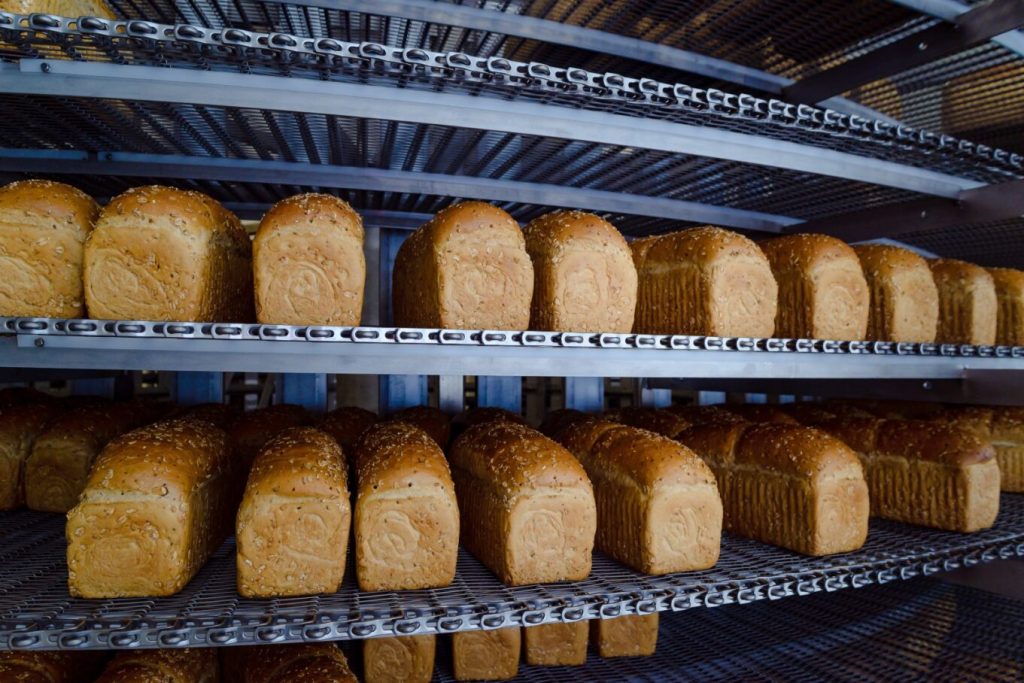
Inventory management
By collecting data on production output and product demand, you can better manage your inventory levels. This can help prevent overstocking or understocking, which in turn can save costs and improve customer satisfaction.
Insight all bakery levels
Process monitoring and control
By collecting data on various aspects of the production process, such as temperature, pressure, speed, and time, you can closely monitor and control the processes. This allows you to identify deviations from the norm and take corrective actions before they affect the quality of the final product.
Trend analysis
Analyzing historical production data helps identify trends and patterns that affect product quality. These insights can lead to improvements that enhance the consistency and reliability of the production process. Additionally, when quality issues arise, detailed production data can aid in pinpointing their causes.
Performance monitoring
Collecting data on machine and equipment performance, such as cycle times, downtime, and production speeds, allows for monitoring production line efficiency. This information can help identify bottlenecks and implement improvements to optimize overall performance.
Availability analysis
Collecting data on downtime, scheduled maintenance, and unplanned failures can help analyze the availability of equipment. By identifying the causes of downtime, such as mechanical failures, material shortages, or personnel issues, you can take measures to improve availability and reduce downtime.
Quality control
Monitoring data related to product quality, such as waste rates, defects, and rejection rates, can help identify issues in the production process that affect quality. By addressing these problems, you can improve the quality of the final product and reduce waste. By tracking products from the moment of production to delivery to the customer, you can continuously monitor the quality of each product. If a problem is identified, you can quickly determine which batches or products are affected and take targeted actions, such as recalls, if necessary.

Building transparency and trust
Product tracking allows companies to provide transparency to consumers regarding the origin and production conditions of their products. This can increase consumer trust, especially in sectors where ethical or sustainability issues are a concern.
Efficiency in the supply chain
By tracking products from production to delivery, you can identify and correct inefficiencies in the supply chain. This can help reduce excess inventory, optimize logistical processes, and improve overall efficiency.
Process optimization
By collecting data on the production process, you can identify inefficiencies in machines and relevant equipment and make improvements. By gaining insights into cycle times, production speeds, and downtimes, you can define bottlenecks and implement improvements. This will lead to higher productivity, lower costs, and better product quality. Thus, the overall performance of the production line can be positively influenced by the data.
Data-driven decision-making
Collecting data enables you to make decisions based on facts and trends rather than assumptions or intuition. This can lead to better strategic decisions and provide a competitive advantage in a dynamic market environment. Additionally, data-driven insights help identify emerging opportunities and potential risks early on, allowing businesses to adapt proactively. Ultimately, this approach supports more informed and resilient decision-making.
